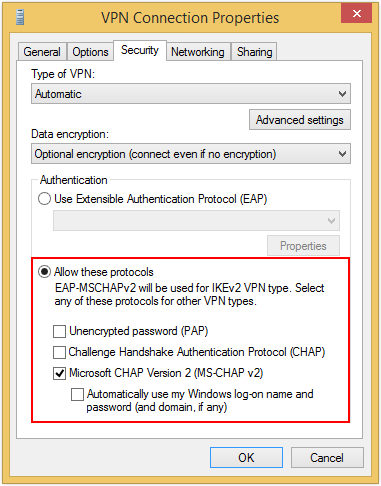Featured
Table of Contents
Top Ngfw Troubleshooting Articles

The Routing and Remote Access snap-in lives within the Microsoft Management Console, known as the MMC. There are several ways to access the MMC. You can choose the console from the Start menu's Programs alternatives, within the Administrative Tools folder within Windows server's Control board or by typing mmc at a command timely.
As Tech, Republic's Brandon Vigliarolo demonstrates within his video at the start of this post, the Services console shows the status of the Routing and Remote Access entry. From within the Services console and with the Routing and Remote Access entry highlighted, you can click Start the Service or right-click the entry and select Restart.
Often the VPN client and VPN server are set to utilizing different authentication methods. Confirm whether an authentication mistake is the problem by opening the server console. Another technique of accessing the MMC is to type Control+R to open a command timely in which you can type mmc and hit Enter or click OK.
If the entry isn't present, click File, select Add/Remove Snap-in, select the Routing and Remote Access alternative from the options and click Add, then OK. With the Routing and Remote Access snap-in added, right-click on the VPN server and click Properties. Examine the Security tab to confirm the authentication method.
Troubleshooting Openvpn - Pfsense Documentation
Ensure the VPN client is set to the authentication method specified within the Security tab. Typically the products simply examined are accountable for a lot of VPN connection refusal mistakes. Other fundamentals should be correct, too. If the Windows Server hosting the VPN hasn't joined the Windows domain, the server will be unable to confirm logins.
Each Web-based VPN connection usually utilizes two different IP addresses for the VPN client computer system. This is the IP address that's utilized to establish the preliminary TCP/IP connection to the VPN server over the Internet.

This IP address generally possesses the very same subnet as the regional network and hence enables the client to interact with the regional network. When you established the VPN server, you need to configure a DHCP server to assign addresses to customers, or you can produce a bank of IP addresses to assign to customers straight from the VPN server.


If this option is picked and the efficient remote access policy is set to enable remote access, the user will have the ability to attach to the VPN. Although I have been unable to re-create the circumstance personally, I have actually heard rumors that a bug exists in older Windows servers that can cause the connection to be accepted even if the effective remote gain access to policy is set to deny a user's connection.
L2 Vpn Common Configuration Issues

Another typical VPN problem is that a connection is effectively developed but the remote user is not able to access the network beyond the VPN server. Without a doubt, the most common reason for this problem is that permission hasn't been approved for the user to access the whole network. To permit a user to access the whole network, go to the Routing and Remote Access console and right-click on the VPN server that's having the problem.
At the top of the IP tab is an Enable IP Routing check box. If this check box is made it possible for, VPN users will be able to access the rest of the network, assuming network firewall softwares and security-as-a-service settings permit. If the checkbox is not picked, these users will be able to gain access to only the VPN server, however nothing beyond.
If a user is dialing straight into the VPN server, it's usually best to set up a fixed route in between the customer and the server. You can set up a static path by going to the Dial In tab of the user's properties sheet in Active Directory Users and Computers and choosing the Apply A Static Route check box.
Click the Include Route button and after that go into the destination IP address and network mask in the space offered. The metric must be left at 1. If you're utilizing a DHCP server to designate IP addresses to clients, there are a couple of other issues that might cause users not to be able to surpass the VPN server.
Forcepoint Vpn Client Connection Issues
If the DHCP server appoints the user an IP address that is already in use elsewhere on the network, Windows will spot the dispute and avoid the user from accessing the remainder of the network. Another typical problem is the user not getting an address at all. The majority of the time, if the DHCP server can't appoint the user an IP address, the connection will not make it this far.
254.x. x variety. If the customer is appointed an address in a variety that's not present within the system's routing tables, the user will be not able to browse the network beyond the VPN server. Other issues can add to this problem, too. Ensure the resources the user is attempting to gain access to are in fact on the network to which the user is linking.
A VPN connection to the other subnet might, in reality, be required. A firewall or security as a service solution could likewise be to blame, so don't forget to examine those services' settings, if such parts exist between the VPN server and the resources the user seeks to reach.
The very first possibility is that one or more of the routers involved is performing IP packet filtering. I advise inspecting the customer, the server and any devices in between for IP package filters.
Latest Posts
Best Free Vpn For Business In 2023
Why You Need A Vpn, And How To Choose The Right One
15 Leading Vpn Software For Startups For 2023